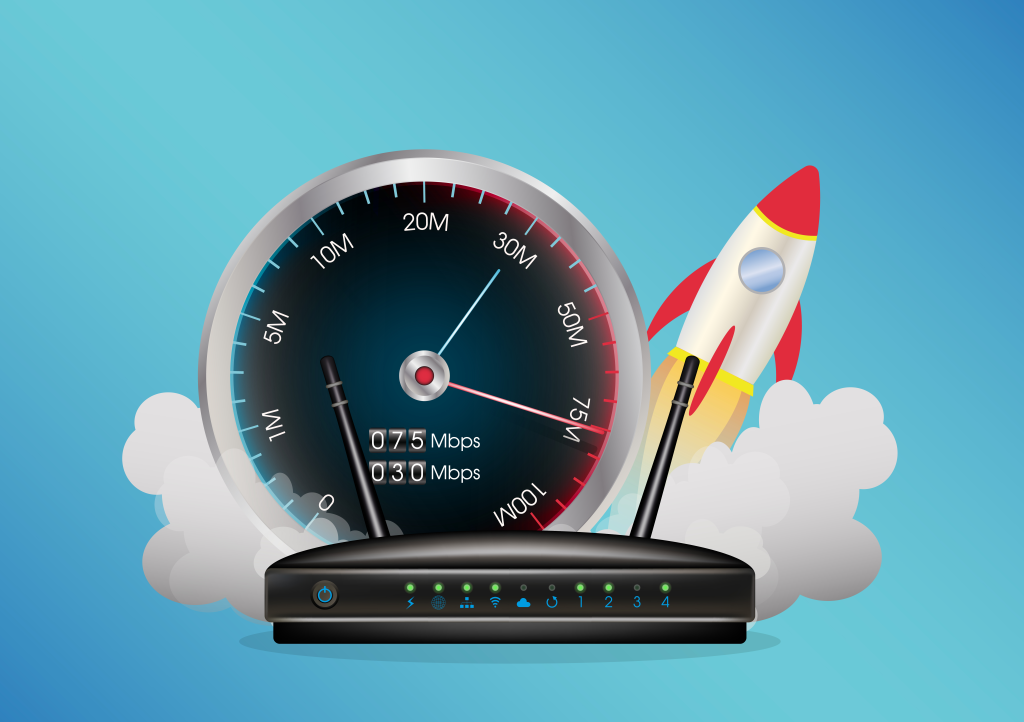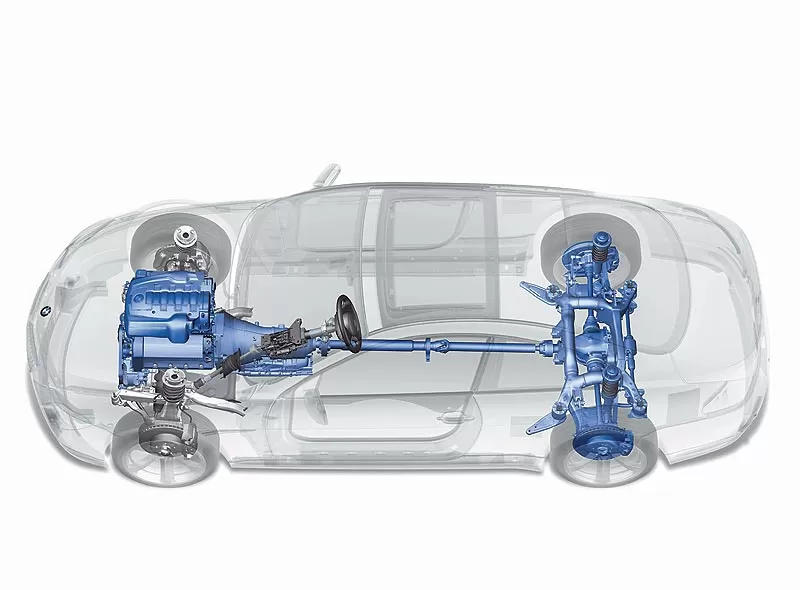
Internet and WLAN in the car - that's how it works!
Content
WLAN in the car has very practical advantages: live streaming from the car, a video phone in the passenger seat, or just an internet connection are also available on the road with the right technology. Particularly on long journeys, passengers will appreciate having full internet access. Offering sharing opportunities on a professional basis , you gain a competitive edge with reliable internet access in your car.
Driving a car requires your full concentration and you should not be surfing the Internet at the same time. It's just common sense. However, there are good reasons to install a WLAN in a car. At present, we are too dependent on the world's data flows and do not want to go for hours without an Internet connection.
WLAN in the car - four letters for the whole world

WLAN stands for "Wireless LAN" or more specifically, "Access your nearest ISP without using a cable."
At home and in the pub on the corner, this is perfectly normal. However, these home networks don't quite live up to their promise of "getting internet from anywhere" as the router is still hanging on the wall and connected to the network by a cable. Only the last few meters are covered by the signal. Of course, this is not an option in a car, as no one wants to lug around a mile long cable.
Mobile communication allows

In places where fixed network nodes are not available for practical reasons, mobile telephony offers the desired surfing experience. . Thanks to their radio towers and satellites, these networks have a wide coverage in the British Isles as well as on the European continent. This offers many options for offering WLAN in the car.
The simplest: USB modem

USB tethering on laptop also works in car . If you want to surf the Internet on the go, a USB tethering is the fastest and easiest option. Mobile modems, like smartphones, work with a SIM card . Just plug your modem into your laptop and you're ready to surf. Prepaid options are available as well as a monthly subscription.
Send and receive performance varies by modem. It represents the simplest, but also the weakest solution, and is not optimal for all applications. . Trying to establish a stable connection, especially in a sparsely populated area with poor coverage, can really test your patience. The mobile broadband modem "only" connects you to the mobile network. However, Win 10 or later allows you to turn your laptop into a WLAN hotspot with a few clicks. . In addition to limited send and receive performance, the laptop's battery capacity is a limiting factor.
WLAN in the car - hotspot for mobile phone

Instead of a laptop or USB modem, a simple smartphone allows you to set up a WLAN hotspot . Another advantage is that the smartphone can be connected to a 12V socket in the car, which avoids the problem of battery capacity. However, phone data is limited. If it is used as a WLAN access point, large amounts of data will soon reach this limit. Surfing either becomes very slow or you have to buy expensive add-on packages.
It all depends on the antenna.

A USB modem and a hotspot for each smartphone are enough to establish short-term Internet access in the car. If you really want to enjoy the unlimited possibilities of surfing in your car, motorhome or as a truck driver, you need the best solution.
Each type of surfing depends on the availability of the hotspot . The greater the distance to the nearest access point, the more difficult it becomes to get on the Internet. This is due to the very simple physical principle that the transmission intensity decreases as the distance to the transmitter increases. If you want to provide Internet access at a great distance from the nearest transmission tower, you will need a correspondingly large antenna. These antennas can get very large and therefore impractical for a standard family car.

However, large array antennas are now part of the standard equipment of many motorhomes and caravans. . The advantage of antenna technology is that the high bandwidth reception aid can be connected to standard USB modems. Simply unscrew the modem's rod antenna and connect it with an adapter to an external antenna. It's not exactly suitable for regular family cars. Here you need a high bandwidth router.
You can increase the reception and transmission area with the help of special car WLAN antennas . Retail offers several high-tech antennas . In addition to the conventional dipole antenna, its WLAN version is often with a helical stem, shark fins especially suitable for WLAN reception. They also look very cool. In addition, they are particularly stable, aerodynamic and do not break down in a car wash.
High capacity router for 12V plug

Chinese manufacturer Huawei is a true pioneer of mobile routers. Until a few months ago, installing a high-capacity router in a car was extremely expensive. Audi asks more than 2000 euros for installing it. Huawei has developed a series of devices plug-and-play for reliable operation. Mobile plugin routers work with a SIM card.
Meanwhile, most electronics vendors have stepped up and offer similar solutions. Particularly convenient are the smart car solutions currently available in Germany as «Connected Car» and spread rapidly throughout Europe. The WLAN router is not connected to the 12V socket, but to the OBD2 port of your vehicle. This port is standard on all vehicles built since 2006 of the year. Advantage is that the WLAN router runs smoothly and provides more bandwidth.
The solution comes with several additional features such as built-in GPS. With the appropriate app, you can find your car at any time.
How much does WLAN cost in a car?
Prices for end devices have fallen sharply . As for smartphones, the purchase price largely depends on the type of contract. If the device is purchased under a fixed contract, it is often provided free of charge. Devices without Simlock with adequate performance start approx. 150 euros.
Usage prices are as different as mobile phone rates. The spectrum ranges from prepaid offers to hourly packages and flat-rate monthly subscriptions. 10 GB currently costs 10-50 euros per month, but prices may vary.
WLAN in the car - a smart investment with added value

What applies to WLAN hotspots in the car also applies to navigation equipment . Of course, you can simply navigate Europe with using Google Maps and smartphone. The small screen and bulky fixation of the device are far from ideal. Fixed navigation equipment is significantly more expensive, although it offers much more comfort and value.
This also applies to WLAN solutions: a simple and cheap solution provides the same performance as a fixed WLAN. However, the growing distance to the nearest mast will soon show where the limits of smartphone hotspot and USB tethering lie. Fixed wireless LAN is currently available at a reasonable price and can be discreetly hidden in a car thanks to an OBD port. There is no longer a good reason for inappropriate solutions to surf the Internet on the road.

